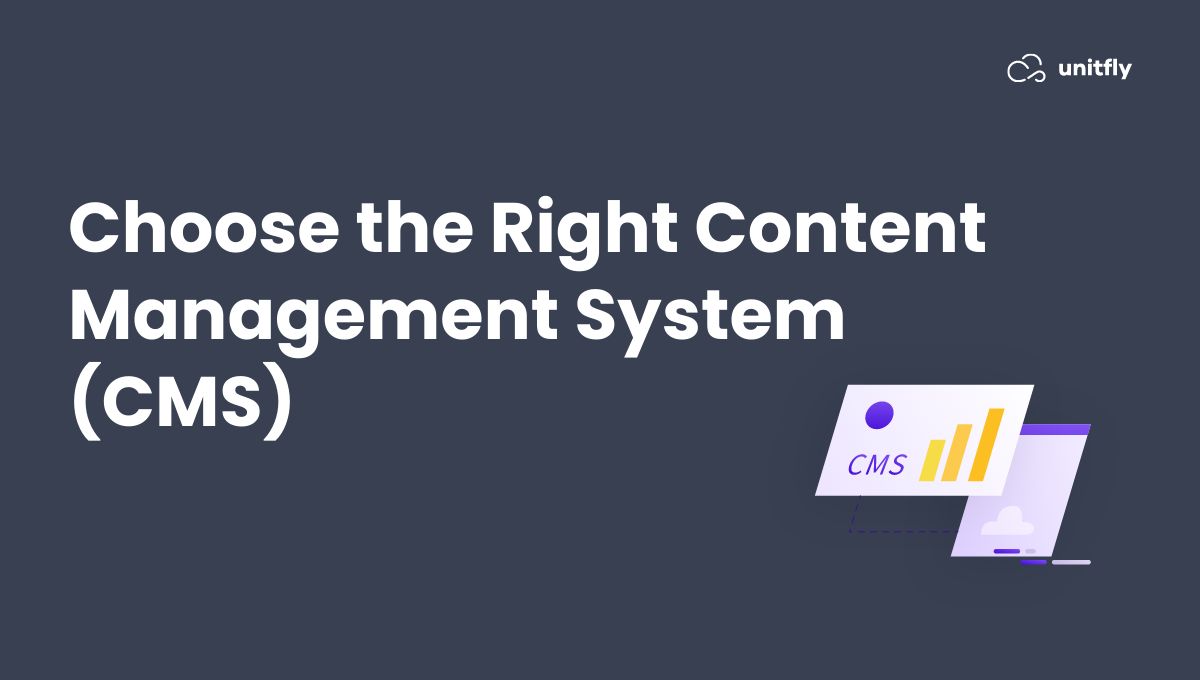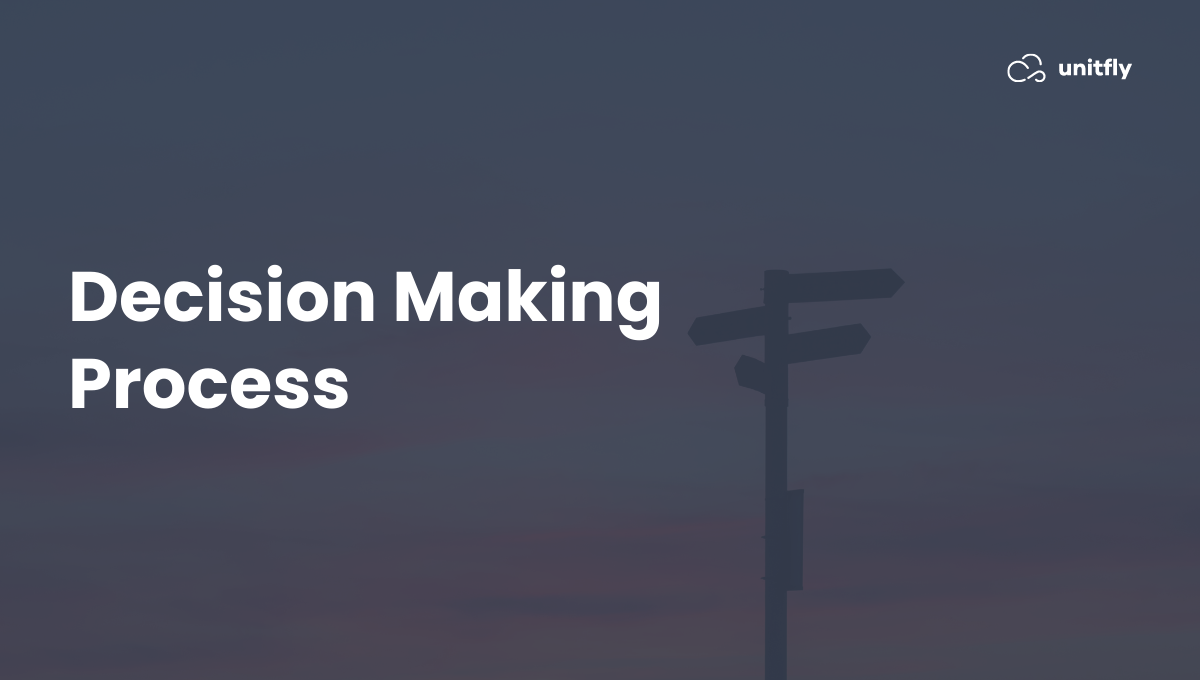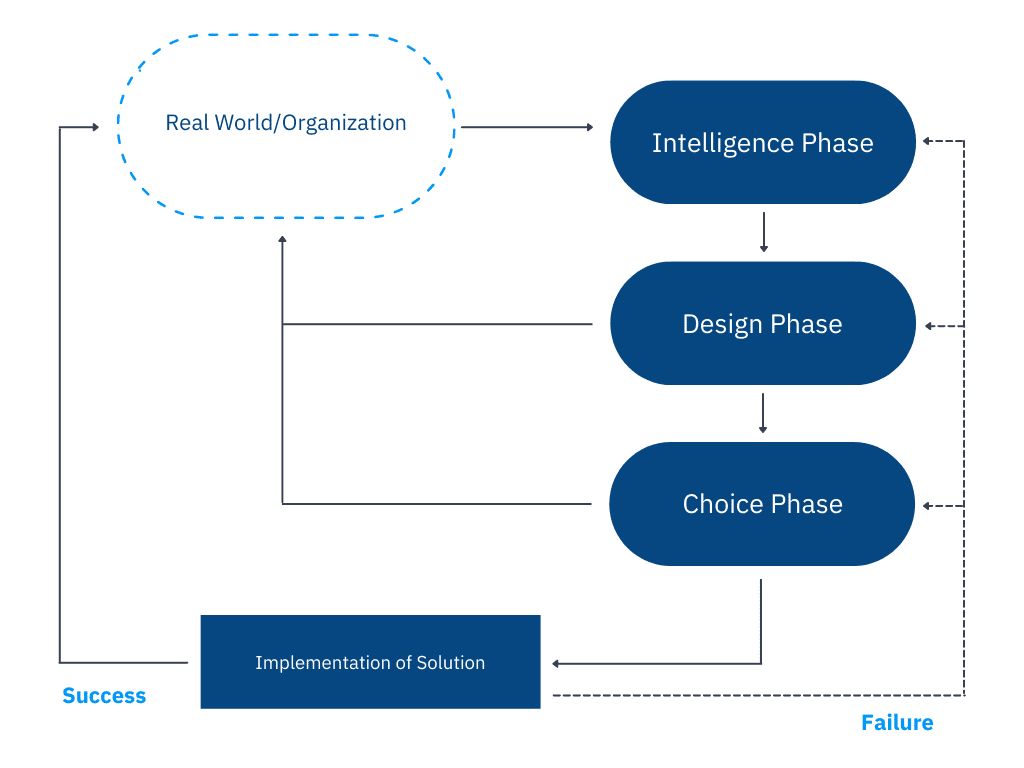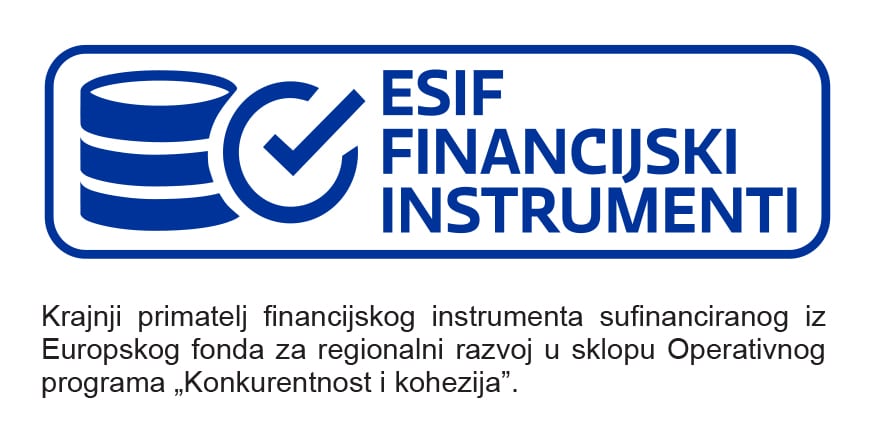2022 Wrapped
In 2022 we have celebrated five years in business. Five years since we founded Unitfly, and each year has been better than the previous.
There have been mistakes, but there has been learning as well. As our team grows, we’re becoming better mentors, communicators, experts and people.
Here are some of the highlights this year:
- We keep growing. We end this year with 40% growth in revenue and full-time team members.
- We refreshed our website. With the growth of customers using our products, we’ve decided to re-organize some parts of our website to better serve them – so they can access important resources more easily. Moreover, we wanted to highlight the way we work as well as our team culture we are most proud of.
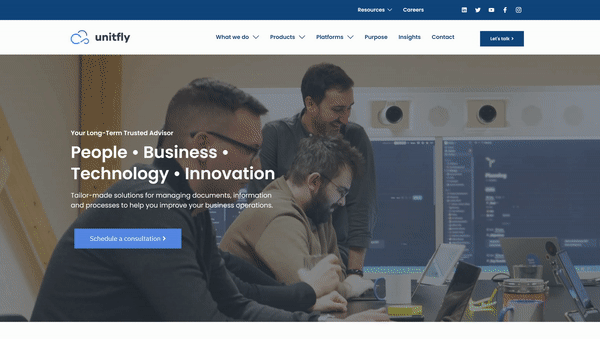
- Our M-Files products increased in the number of products available, as well as in revenue. We are proud to say that we have two new products in the M-Files Solution Catalog (REST OT Connector and Process Intelligence Kit) that we have developed, validated, successfully implemented to first customers and placed on the market.
- Advanced Technology Days conference, which we organized with Nephos, Nostra and MPG, was extremely successful with more than 70 speakers, 60 sessions and more than 500 participants.
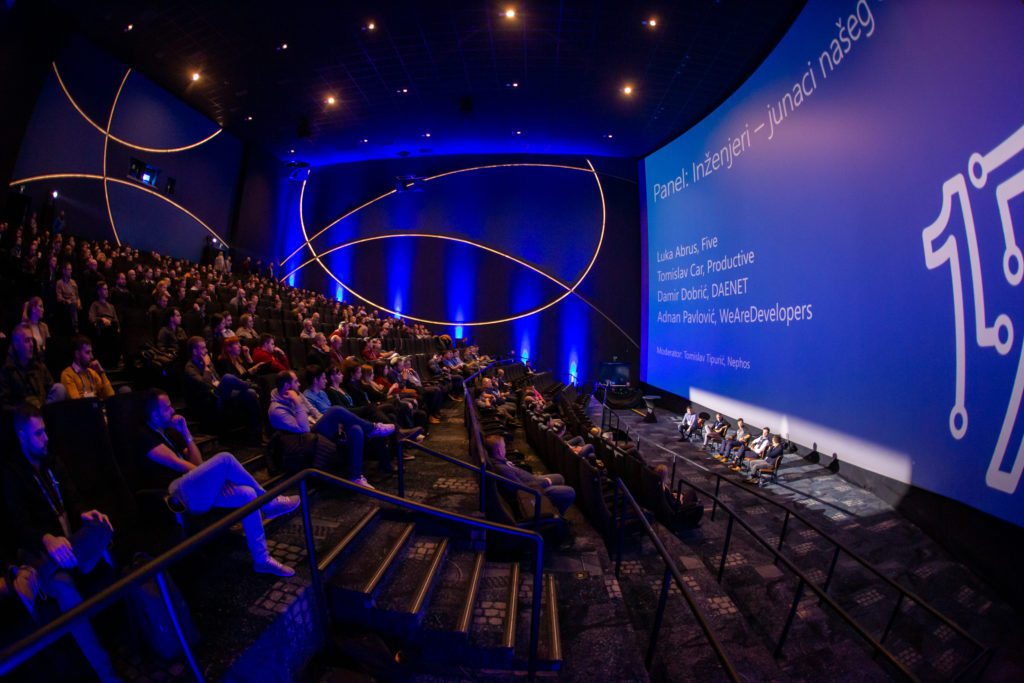
- We are one of the first M-Files partners that obtained Customers Success Certificate proving we have the right mindset regarding the importance on HOW we work with our customers. We have shared knowledge internally, defined important practices and fine-tuned them to each of our clients.
- Continuous Improvement we live by resulted in major improvements in fields of DevOps, Support Process and Service Delivery.

- This was a first full year of planning all aspects of our business using OKRs and we have successfully done 4 OKR cycles with plannings, reviews, and most importantly, open discussion and feedback. For that purpose we organized four different Quarterly Business Reviews (QBRs) in Zagreb, Velika Gorica and Bled (SLO).

- 94 official 1:1 meetings and many more unofficial ones that ensure we have regular check-ins about non-operational topics.
We are proud of the successes we have achieved this year. We didn’t mention every customer, partner or project, but there are many more things we are proud of and are looking forward to share in the future. We truly think it is just the beginning. We are excited to see what the next year will bring!
Happy holidays and cheers to 2023 – may it be as good as 2022! 🥂


